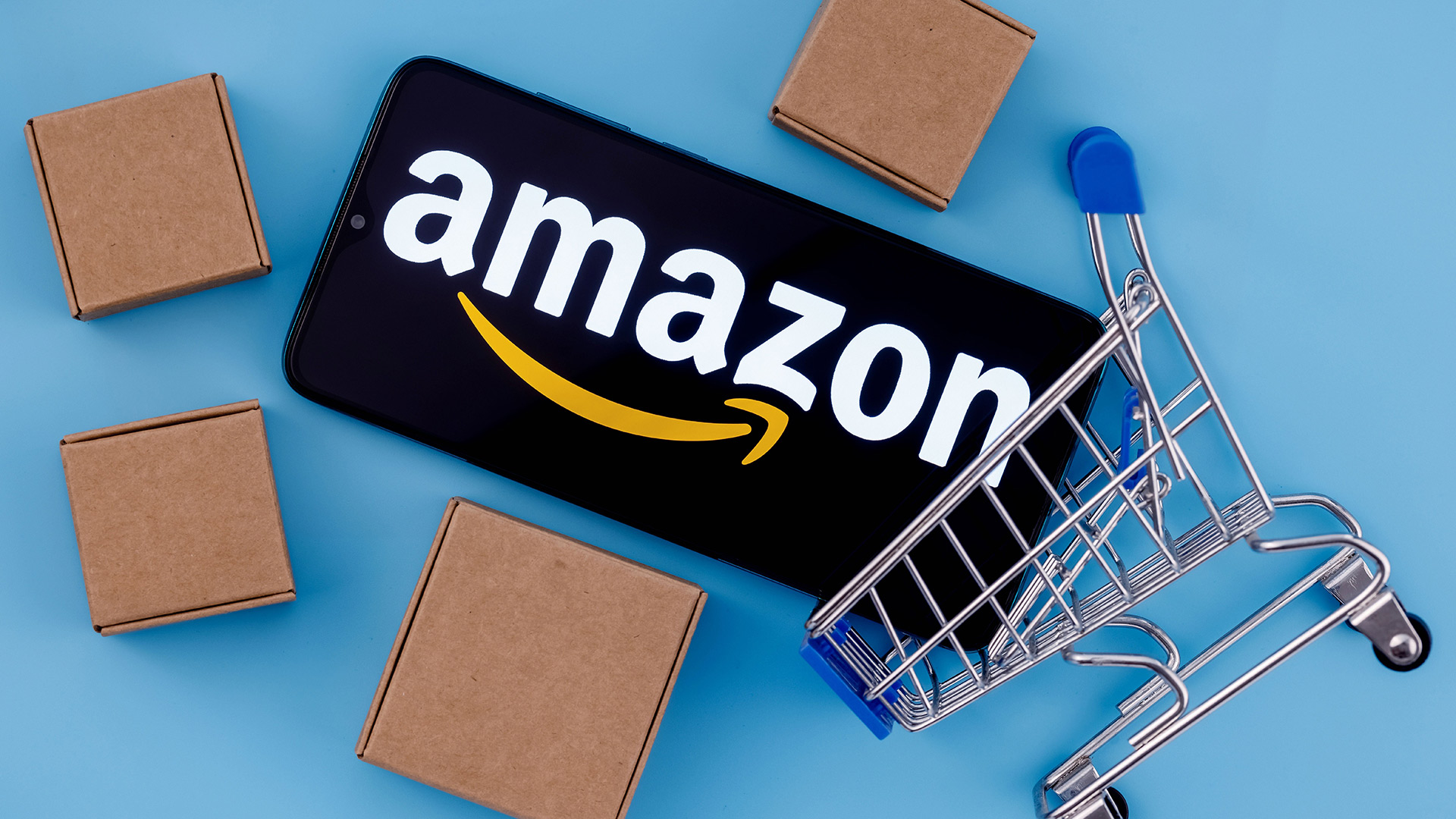I ditched my iPhone 11 Pro for iPhone SE for a month: What I loved and hated
What does the $600 difference between the iPhone 11 Pro and iPhone SE really get you?
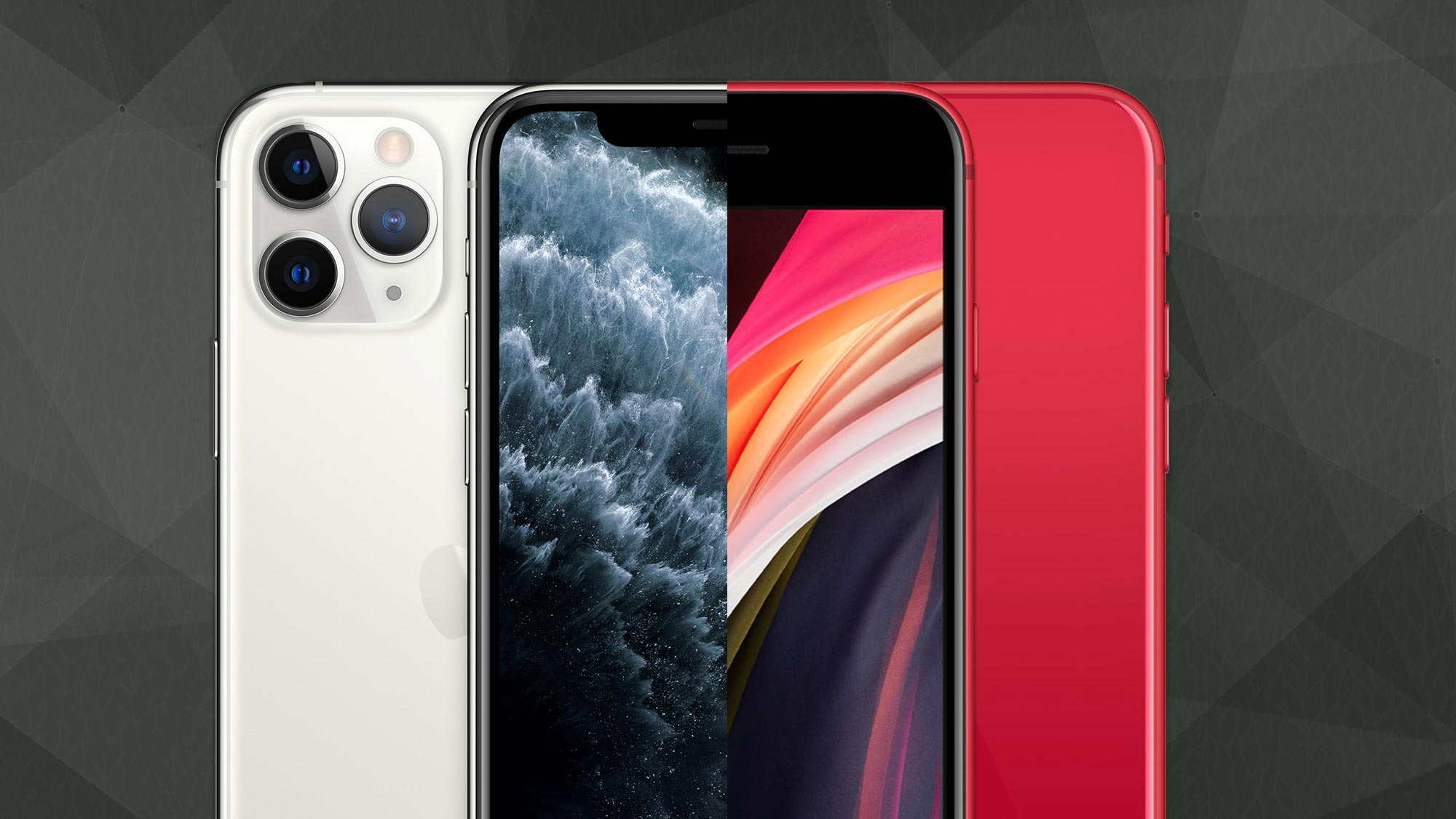
I really enjoy trying out the latest smartphones as part of my job, but I am also aware that a focus on the top-end brands and models can distract people from cheaper phones that will still suit them well while being within budget. It's why I was so interested in trying out the recently launched iPhone SE (2020), as it promised all the key parts of the iPhone experience at a much more affordable price.
I've been using an iPhone 11 Pro since December 2019, and I've found very little to complain about during that six months. Therefore, I decided to swap Apple's flagship model for the SE for a month and see if what I really valued about the iPhone experience could be found in a phone worth less than half of the one I had been using.
I hoped that I'd be able to report back that the experiences were so similar that most people could easily save $600 if they wanted. Unfortunately, I don't have the clear cut answer I was looking for, but what I learnt will hopefully help you out if you're not looking forward to dropping lots of money onto the latest Cupertino-designed gadget.
- WWDC 2020 recap: The 5 biggest Apple announcements you missed
- Not an Apple fan? Here are the best Android phones
- Plus: iPadOS 14 suddenly makes the iPad look a lot like a MacBook
First Impressions
As I unpacked the iPhone SE to prepare for the great switch-over, I was instantly drawn to the color of my Product:RED edition. It looks much more interesting than the subtle metallic options you get on the iPhone 11 Pro models, though it’s worth pointing out that this red is available on the standard iPhone 11 alongside a suite of other brighter hues.

Having switched over my data and apps (which is super easy since it was iPhone to iPhone), I immediately loved the smaller size of the SE. Being able to fit the phone in any of my jean pockets without a second thought is a pleasure I'd totally forgotten about after years of using huge phablet phones. In fact, sometimes I forgot the SE was in my pocket at all.
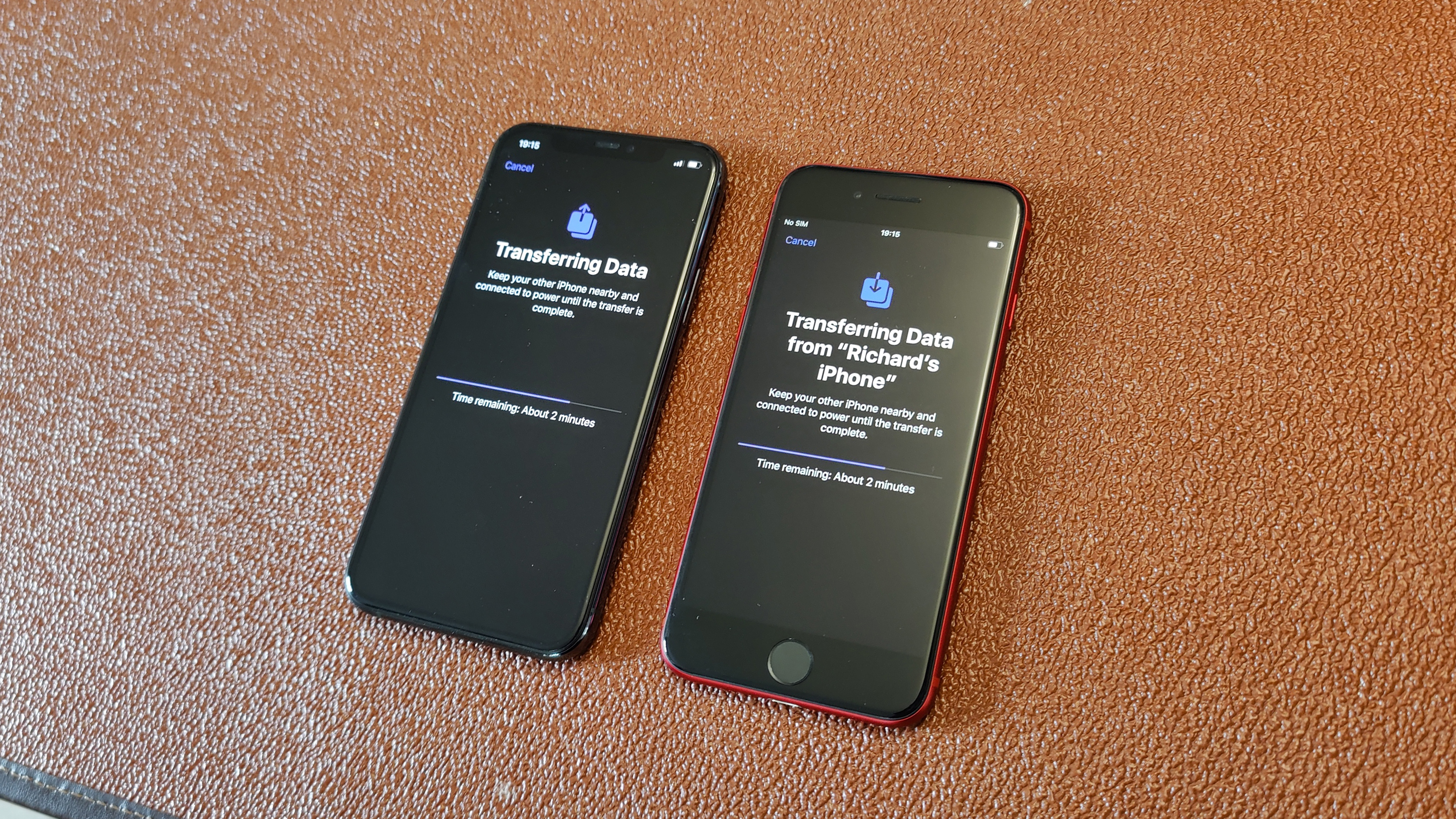
Reuniting with Touch ID
Leaving Face ID behind for Touch ID in the iPhone SE is strange. I noticed that opening my phone now required a conscious action to put my thumb on the Home Button rather than the phone just unlocking as soon as I raised it up. However, I could now easily unlock the phone at any angle and in any light condition.
Losing gesture controls was strange for a time, but there is definitely something about having a physical button to press that makes using the iPhone SE just feel better. I can appreciate why some smartphone users hate the buttonless layout of modern phones, even if I generally am a fan of gesture navigation.
Get instant access to breaking news, the hottest reviews, great deals and helpful tips.
Apple uses the same Taptic Engine for haptic feedback in the iPhone SE as it does in the iPhone 11 series, and it makes for a fantastic user experience when navigating through the phone. No Android phone has ever come close to matching this from my point of view, so the fact you can now get the same tech on a far cheaper phone is one of the iPhone SE's most underappreciated features.
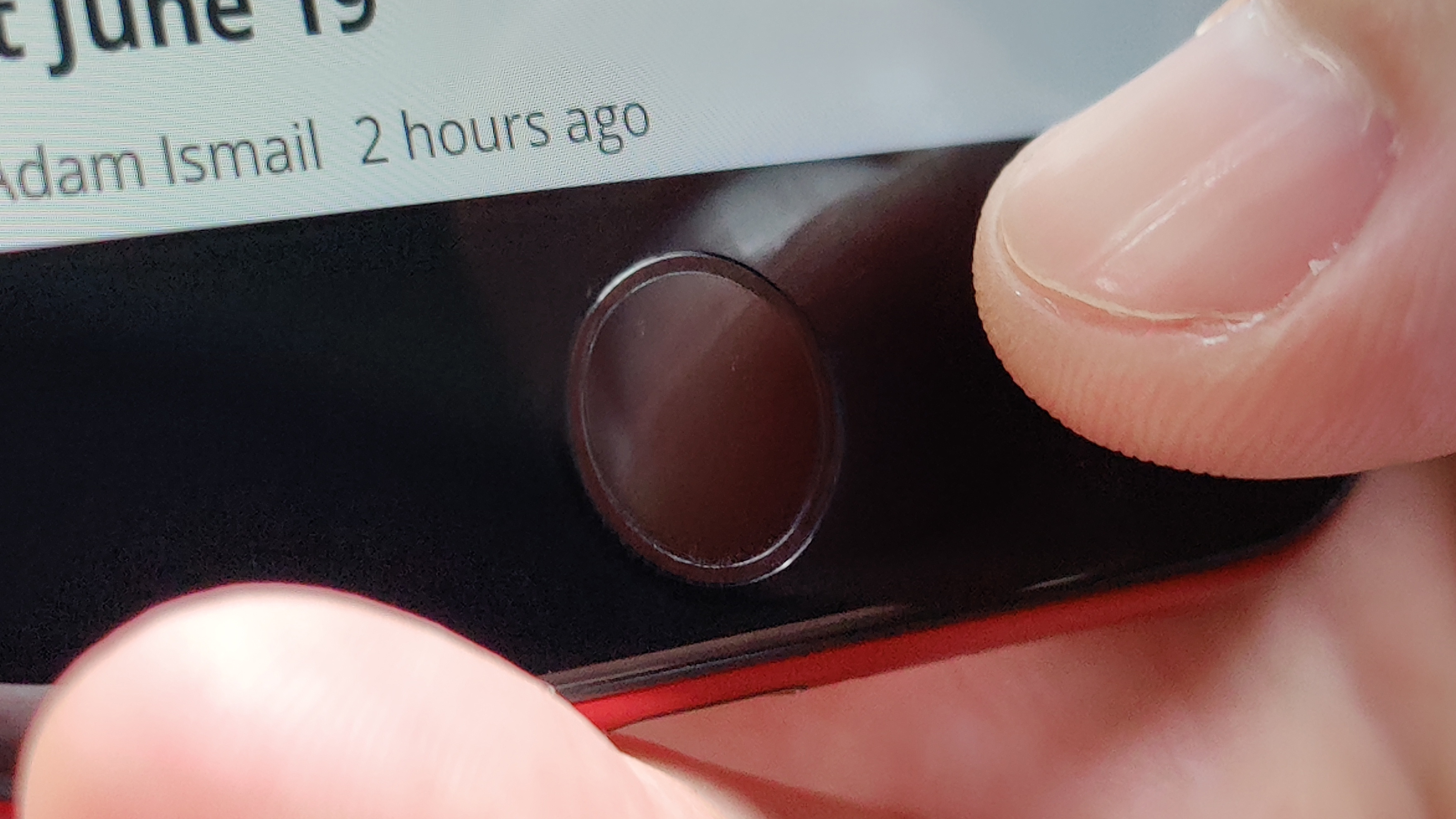
The display is a weakness
I watch a large amount of video on my phones, and the display of the iPhone SE is one of its weak points. Its 4.7-inch LCD panel, flanked by two very chunky bezels, makes for a cramped and sometimes dim experience. As my colleague Adam Ismail recently commented in a Tom’s Guide editorial meeting, no other company apart from Apple could release a phone with such big bezels in 2020 and get away with it. He's completely right, and I wish that Apple had been willing to make some exterior changes to the SE in order to modernize it a little.
The iPhone SE still has stereo speakers though, which are a rarity at this price point. Although it sounds a little quieter and shallower, you still get a fairly full sound when listening to music or speech without wireless headphones. And it will have to be wireless headphones, because there's still no headphone jack on the iPhone SE, despite the addition of the 3.5mm port being common on budget phones to account for cheaper audio hardware. (Alternatively, you could use a set of Lightning-equipped headphones or a Lightning-to-3.5mm adapter, though Apple doesn't even ship the latter with iPhones anymore.)
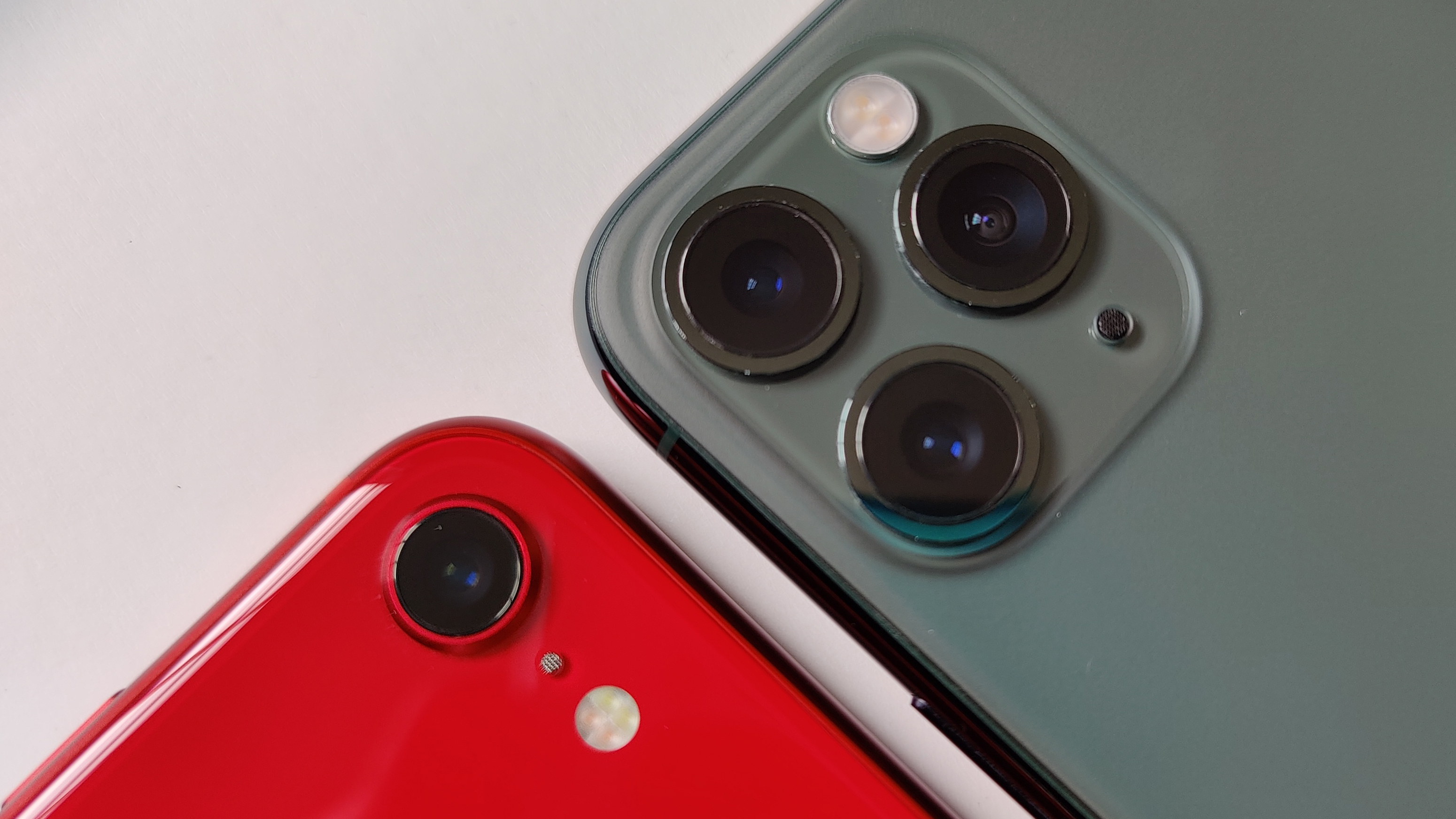
A decent budget camera, but it’s no Pro
The camera difference is where I truly missed the iPhone 11 Pro — not so much the ultrawide sensor or the higher resolution front camera, but the 2x optical zoom sensor that differentiates the iPhone 11 Pro from the iPhone 11. Being able to get closer to the subject of your photo without losing detail is an awesome camera feature to have, but it is an expensive one. Digital zoom is not really a replacement, considering the average 12MP sensor size of the SE's camera, but using it sparingly can help.
I took the two phones to the beach with me to do some comparison shots. Trying out the phones' zoom abilities by focusing on this hovering drone is a no-contest. The iPhone 11 Pro's optical zoom is far better than what the SE could ever hope to manage, offering clarity where the SE can only produce graininess. This only gets worse if you zoom in further, the SE having to blow up its pixels even more and therefore producing even more noise.
Changing to a main sensor shot, there's a notable difference in color warmth, the 11 Pro being cooler and the SE being warmer. The beach, sky and hills in this shot benefit differently from both approaches, so I am hesitant to call either one better.
There's no way to compare ultrawide performance on a phone that doesn't have the right kind of sensor, so our final test is a portrait mode selfie. There's not much separating these photos in terms of color and image quality, despite a 5MP discrepancy. In fact, I'd say the SE did a better job of cutting out my head for the portrait mode, although that could be due to the windy conditions spoiling things for my iPhone 11 Pro shots.
Battery life is the big catch
Theoretically, any performance differences between the SE and 11 Pro are minimal. Both use Apple's newest A13 Bionic chipset, but the SE has 3GB RAM while the 11 Pro has 4GB RAM (as does the standard iPhone 11). Both phones also run on the latest version of iOS 13, meaning they're basically identical aside from the gesture control/home button difference.
I didn't have to change the way I use my phone everyday after swapping, which mainly revolves around Twitter, Instagram, WhatsApp, YouTube and a few different mobile games and education apps. I noticed some slowdown a handful of times, but I can't guarantee it wouldn't have happened on the 11 Pro. People who use their phones for intensive tasks like video or photo editing are unlikely to use an iPhone SE exclusively, if at all, but it's good to know that you're likely to get a near-identical experience to a premium iPhone, although the smaller display could bother you.
The worst part of the experience actually wasn’t the performance, or the camera or even the tiny display, though: it was the battery and charging. First off, the capacity of the iPhone SE is pretty pathetic for a 2020 phone, only 1,821 mAh based on teardowns of the phone (Apple doesn't release official capacities for its phones' batteries). Even the iPhone 11 Pro, another phone with a notably small battery, has a 3,046-mAh capacity.
This is made worse by the fact this old-fashioned battery is attached to a modern processor, with a modern appetite for power. I regularly found the phone dipped below 30% after a normal day's use, where the iPhone 11 Pro would manage to stay above 50%. This isn't critical right now since I'm not really going anywhere outside my home, but this could likely lead to a tricky situation if I didn't have access to a charging cable and needed to have my phone out constantly for navigating or making a series of phone calls.
Speaking of which, it boggles my mind that Apple still thinks it's OK to ship all but its most expensive phones with 5W charging bricks. Even the most basic Android phones give you at least a 15W charger. Admittedly it isn't quite so bad, given the SE has a lot less battery to fill up, but it's still pitiful.
However, the charging experience isn't completely bad. The SE has wireless charging, a rare feature on cheaper phones, which is just as fast as the default charging speed. Plus it will fast charge with Apple's 18W power bricks if you buy one yourself, which meant when I used it with the charger from my iPhone 11 Pro, it was topped up in almost no time.
Verdict
So did I miss the 11 Pro? Yes, I did, but not as much as I thought I might. What I missed the most was the 11 Pro's brighter, higher-res display, its far better battery life and the 2x zoom option and Night Mode from its cameras. However, I would only call the battery issue the real dealbreaker, and it could be countered fairly easily by purchasing a small power bank and keeping it and a Lightning cable in your bag when you go out.
You're unlikely to have both of these phones on the same list if you're going by price or key features. But if value for money or total features were all that was important for you, you'd probably go for an Android phone instead. There is definitely something unique about using an iPhone, and you can get almost all of it on the iPhone SE. You aren't going to miss out on the best bits of the experience — the App Store, the (generally) intelligent features and layout of iOS and an average of five years of software updates, which is far better than the best-case scenario two years you get with an Android device.
So my ultimate recommendation is that you aren't going to miss out on the best of iPhone life if you go for the cheapest option instead of the most expensive. In other words, don't worry if you can't afford a Pro model — the SE will have you covered. And if you're not convinced to drop all the way from an 11 Pro to an SE, remember that there are steps between the two.
There's the basic iPhone 11 that cuts $300 off the iPhone 11 Pro's price but keeps a larger notched display, Face ID, the ultrawide camera, Night Mode and bigger battery. You could also get a refurbished iPhone XS, iPhone XR or iPhone X if you wanted to drop the price further while still hanging onto the near-fullscreen display, but then you're taking steps back in processor power and shortening the number of years you'll receive iOS updates. Stick with the SE, standard 11 or 11 Pro, depending on your budget, and you'll be happy no matter your choice.

Richard is based in London, covering news, reviews and how-tos for phones, tablets, gaming, and whatever else people need advice on. Following on from his MA in Magazine Journalism at the University of Sheffield, he's also written for WIRED U.K., The Register and Creative Bloq. When not at work, he's likely thinking about how to brew the perfect cup of specialty coffee.
